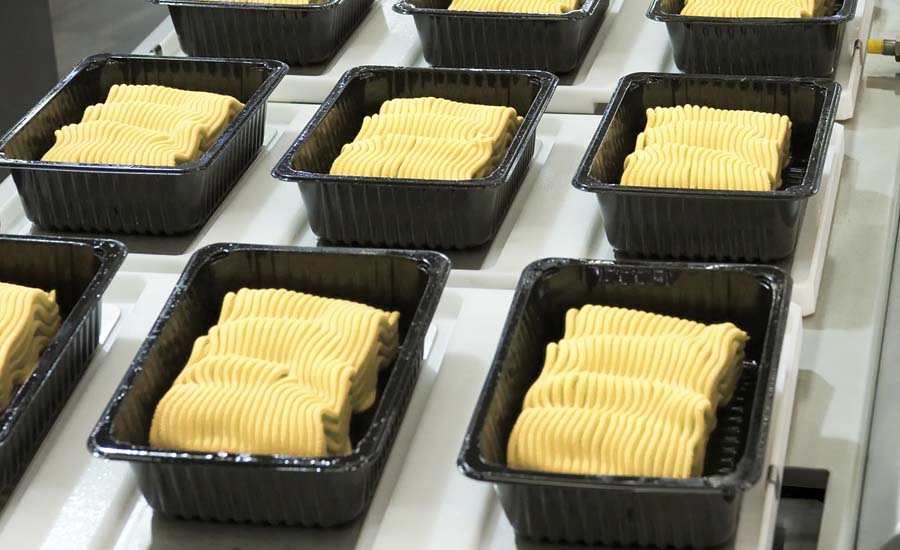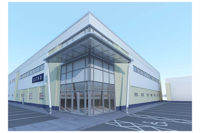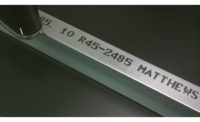Every industry has its own unique set of coding and marking challenges such as difficult conditions in the production environment, continuous production processes, stringent regulations, high-speed lines and a variety of products and packaging types. That’s why today’s packaging lines require an equally diverse range of coding and marking solutions. Whether marking on cartons in a dry, dusty environment or coding flexible pouches on a wet, cold packaging line, the need for highly reliable printing solutions remains a constant.
Food manufacturers often turn to large character marking (LCM) systems using drop-on-demand technology for their case coding needs. However, in order to maintain high print quality, some operations require multiple manual purge processes per shift to prevent nozzles from clogging. The business impact from repeated downtime and resulting waste and rework costs can be significant, but updated and integrated LCM systems can help to resolve these issues.
Now, with new printing solutions, food manufacturers can improve throughput, decrease maintenance needs and achieve significant cost savings compared to older LCM systems—all while helping to ensure that the correct code is applied in the correct location on the correct product and packaging, time after time.
Taking a comprehensive case coding approach
To best address a challenging production environment, a comprehensive networked solution, including a combination of updated large character inkjet printers and a complementary software package for production line management, is ideal.
The newest generation of LCM solutions offers consistent print quality on corrugated cases and similar materials. By printing variable information onto cases while on the line, these printers provide a dependable way to enable manufacturers to eliminate pre-printed cases as needed and substantially reduce related inventory expenses. Recent systems are designed to reliably print accurate, high-quality, GS1-compliant barcodes, real-time alphanumeric codes and graphics.
More importantly, using equipment with an advanced printhead micropurging process reduces operator intervention while helping to maintain consistent, high-print quality and clean operation. As a result, there is less of a need for operator intervention that could lead to poor quality codes, associated re-work, printhead damage or costly downtime. Additionally, these systems take advantage of the purged ink by reclaiming it for re-use after careful filtration.
Enhanced code assurance
In addition to up-to-date equipment, manufacturers should look for accompanying software that links on-product coding to a centralized message database. For food manufacturers, applying the correct code on the correct product and packaging is essential in reducing risk, costly product recalls and additional costs from product re-work. “Code assurance” features such as easy job selection, code accuracy alerts, minimal printer setup time and reduced operator intervention come with newer printing and coding systems. Additional protection is offered with the validation of downstream codes using barcode scanners and vision systems.
Fully integrated LCM solutions allow manufacturers to simplify production by limiting inputs during setup to help reduce operator error. Alternatively, users can input changes directly on the line. The simplicity of a networked solution connected to all Ethernet devices and scanners throughout the production floor can mean more efficient message setup/management and quality reviews.
Food manufacturers can also be challenged by their production throughput requirements as well as the need for high-quality codes that outdated equipment cannot handle, thus causing significant maintenance efforts, extended downtime and higher costs per code. Highly legible, accurate codes on cases and cartons are critical for effective inventory and supply chain management. By taking a comprehensive approach that includes the newest LCM printers and micropurge printhead technology as well as enhanced code assurance features, food manufacturers can benefit from immediate savings with lowered operating costs, reduced maintenance, increased throughput and enhanced customer satisfaction.




